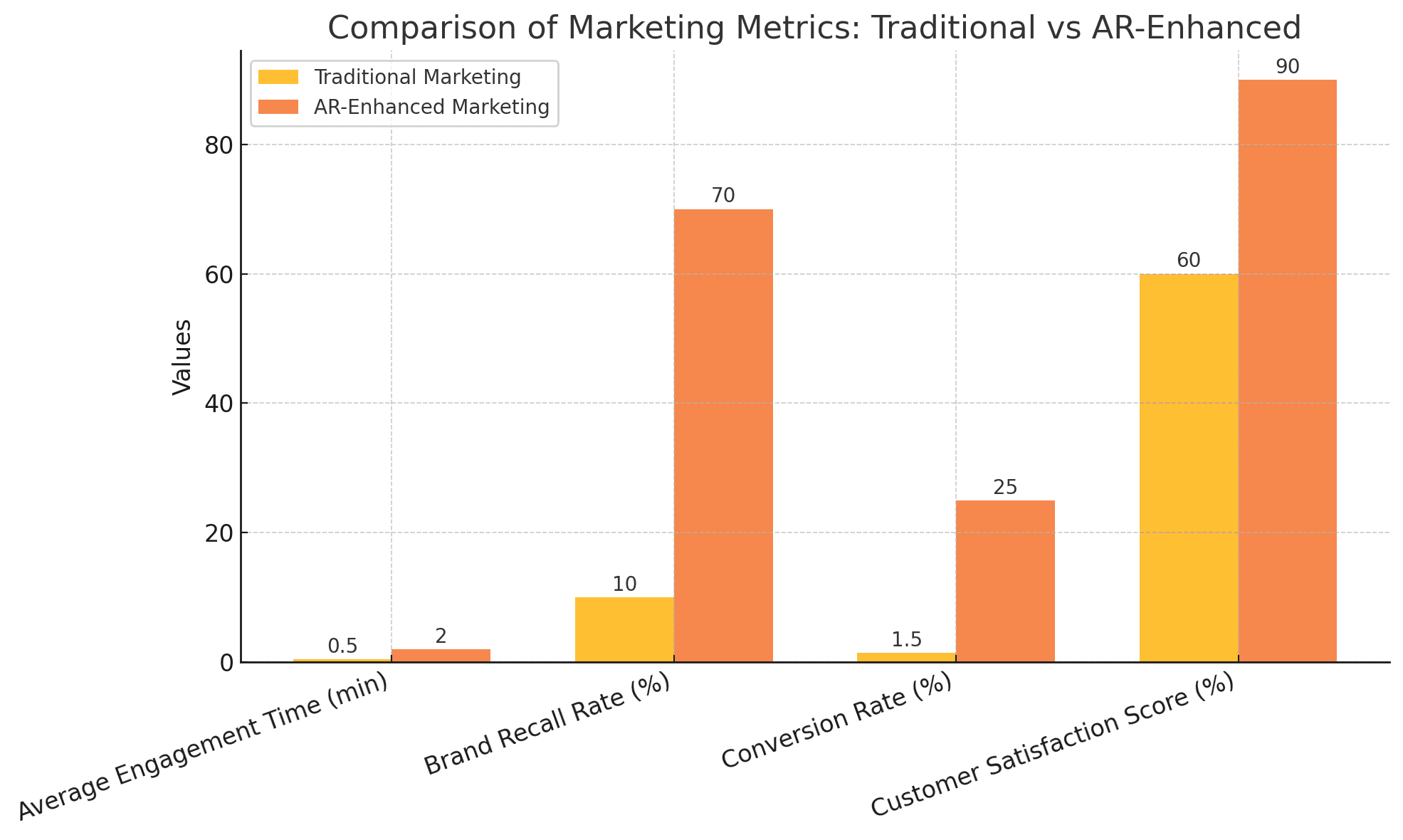The Future of AR in Sports Marketing and Fan Engagement
Augmented Reality (AR) is reorganizing the landscape of sports marketing, creating immersive experiences that enhance fan engagement and interaction. As technology continues to advance, sports brands are finding innovative ways to connect with their audiences and immersive experiences, bringing them closer to the action .

Understanding Augmented Reality in Sports
AR overlays digital information onto the real world, allowing fans to interact with their favorite teams and athletes in new and exciting ways. This technology has gained traction in recent years, with the global AR market projected to grow from $30.7 billion in 2021 to $300 billion by 2028, indicating a significant opportunity for sports marketers to leverage this trend.

Key Benefits of AR in Sports Marketing
Enhanced Fan Experience: AR creates interactive experiences that deepen fans' emotional connections with their teams.
Increased Engagement: By providing immersive content, brands can capture attention and encourage participation.
Data-Driven Insights: AR applications can collect valuable data on fan behavior, preferences, and engagement levels.
Innovative Sponsorship Opportunities: Brands can create unique sponsorship experiences that resonate with fans.
How AR is Transforming Fan Engagement
Immersive Game Day Experiences
AR is revolutionizing the way fans experience live events. For instance, some stadiums are now offering AR-enhanced game day experiences where fans can use their smartphones to access real-time statistics, player information, and even 3D replays by simply pointing their devices at the field. This level of interactivity keeps fans engaged throughout the event.
Virtual Merchandise Try-Ons
Sports teams are using AR technology to allow fans to virtually try on merchandise such as jerseys and hats before making a purchase

This not only enhances the shopping experience but also reduces return rates. A study found that 94% of consumers reported a higher likelihood of purchasing after using AR try-ons.
Statistical Insights
To illustrate the impact of AR on fan engagement, consider the following statistics

These figures demonstrate the effectiveness of AR in transforming traditional marketing strategies into engaging experiences.
Future Trends in AR for Sports Marketing
As we look ahead, several trends are poised to shape the future of AR in sports marketing:
Integration with Virtual Reality (VR): The combination of VR and AR will create even more immersive experiences for fans, allowing them to feel as if they are part of the action.
Social Media Integration: Platforms like Instagram and Snapchat are increasingly incorporating AR features, allowing sports brands to reach wider audiences through shareable content.
Gamification Elements: Incorporating game-like features into marketing strategies will enhance engagement and create a sense of community among fans.
Personalization through Data Analytics: Leveraging data analytics will enable brands to create tailored experiences based on individual fan preferences and behaviors.
Challenges in Implementing AR
While the benefits of AR are substantial, there are challenges that sports marketers must navigate:
Cost of Development: High-quality AR content creation can be resource-intensive.
Consumer Adoption: Not all consumers may be familiar or comfortable with using AR technology.
Technical Limitations: Ensuring compatibility across various devices is crucial for widespread adoption.
Final Thoughts
The integration of augmented reality into sports marketing represents a significant shift in how brands engage with fans. By leveraging immersive experiences and interactive content, sports organizations can foster deeper connections with their audiences. As technology continues to evolve, embracing AR will be essential for brands looking to stay competitive in an increasingly digital landscape.
Comments
Your comment has been submitted successfully!